Much has changed since Sony took its bold venture into the then unknown world of the SLT (Single-Lens Translucent [mirror]) α (Alpha) systems back in 2010 with their α33 consumer series digital interchangeable lens camera (August, 2010) and its subsequent APS-C and full-frame models α55, α77 and α99, to mention a few. We were introduced to new and exciting things, we’re talking, fast continuous shooting; 10+ FPS in some cases, no blackouts (the brief duration the viewfinder goes dark due to the mechanical mirror movement in traditional SLR cameras — which seemed totally bizarre but attractive), excellent phase detection autofocus, inbuilt image stabilisation (SteadyShot INSIDE to go hand-in-hand with the OSS: Optical SteadyShot in Sony G/GM lenses), EVF ( Electronic Viewfinder) and so on. However, earlier the same year, Sony introduced a new line of cameras with a newer lens mount under the NEX (New E-mount eXperience) line of mirrorless α (Alpha) systems to go on par with the older A-mount, swappable with an adapter (Sony Lens Adapter LA-EA3, LA-EA4). Before could tell, the mirrorless dwarfed the advancements of the SLT cameras, going over and beyond.
The New Design
This new mirrorless technology completely did away with the reflex mirror that has for eons been the only solution to capture exactly what the photographer’s eye frames. This meant that the mirrorless cameras fed date to the EVF digitally at every stage unlike the SLT cameras.
By 2013 Sony had perfected the mirrorless α (Alpha) technology in their very popular crop-sensor NEX models. Though currently discontinued, it paved the way for what was to set new standards in photography and cinematography for most day-to-day users, especially, regular Vloggers and youtubers. Those good quality content you have been seeing on youtube in recent years owes its success to the α7 series of cameras. Before 4K becomes a norm, as you may recall, most crop sensors could comfortably shoot 1080p and that was enough for most artists and youtubers. The shift to the α7 had less to do with the resolution (at least, until the release of the α7s that shot 4K) and everything to do with the quality within the given resolution; within a full-frame sensor to be specific, with their revolutionary Exmor technology.
Enter, the Sony a7 full-frame mirrorless camera!
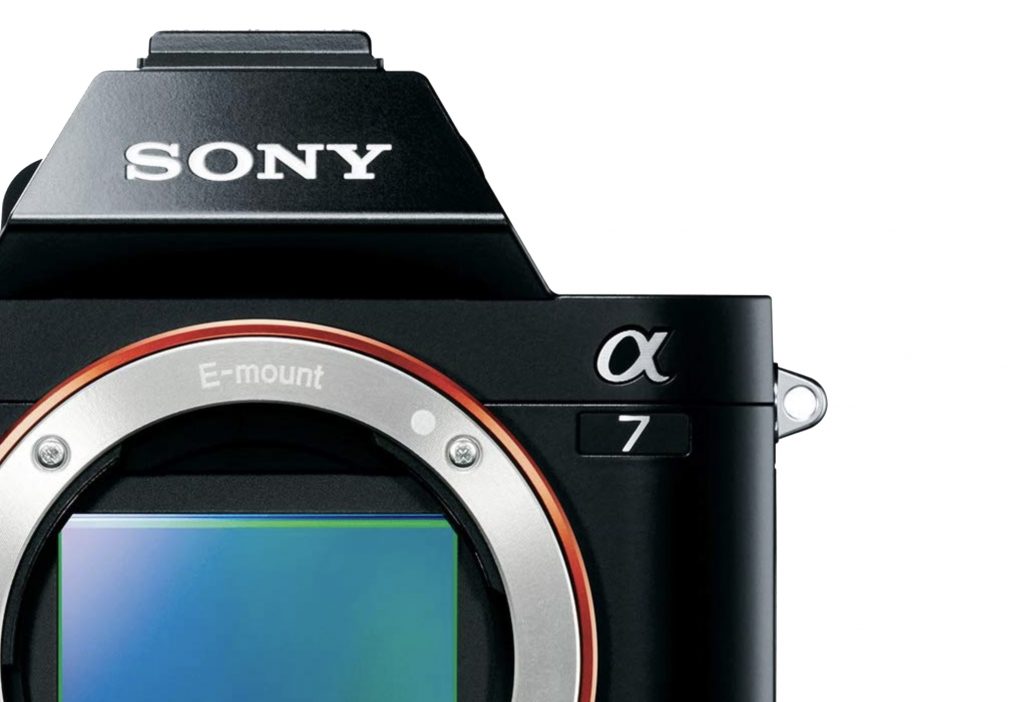
In this article we will look at the basic technical aspects of the success behind the α7 series. What makes the α7 a game changer, and specifically, look through the differences between the models within the series, and hopefully, get an idea on which one you should buy or rent.
α7 and α7R
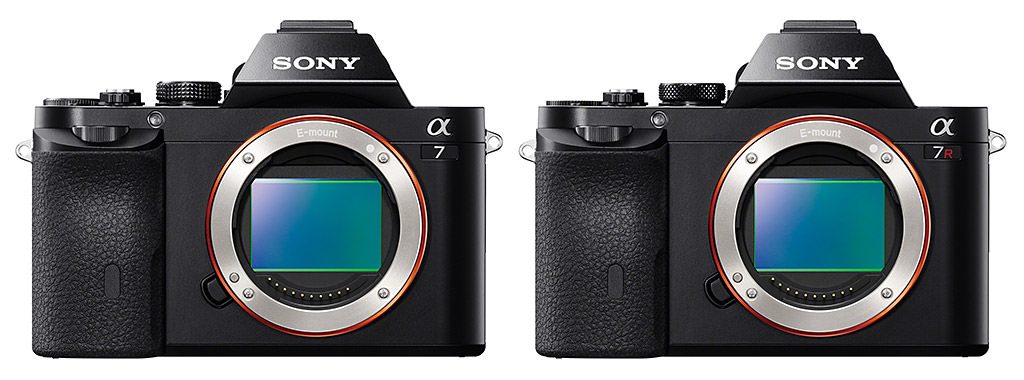
Announced mid October 2013, the α7 and the α7R are the oldest in the series. The α7/α7R is still under production, owing to its success and popularity even today, 6 year after its launch. The 24.3 megapixel α7 and the 36.4 megapixel α7R are worthy and competent cameras for most photography work and some FullHD videos even today if you find the newer models beyond your budget — and cost is one big reason these cameras are still sought after. Full-frame sensor and feathers under a lakh does not come by often, which is an attractive proposition for many.
α7S
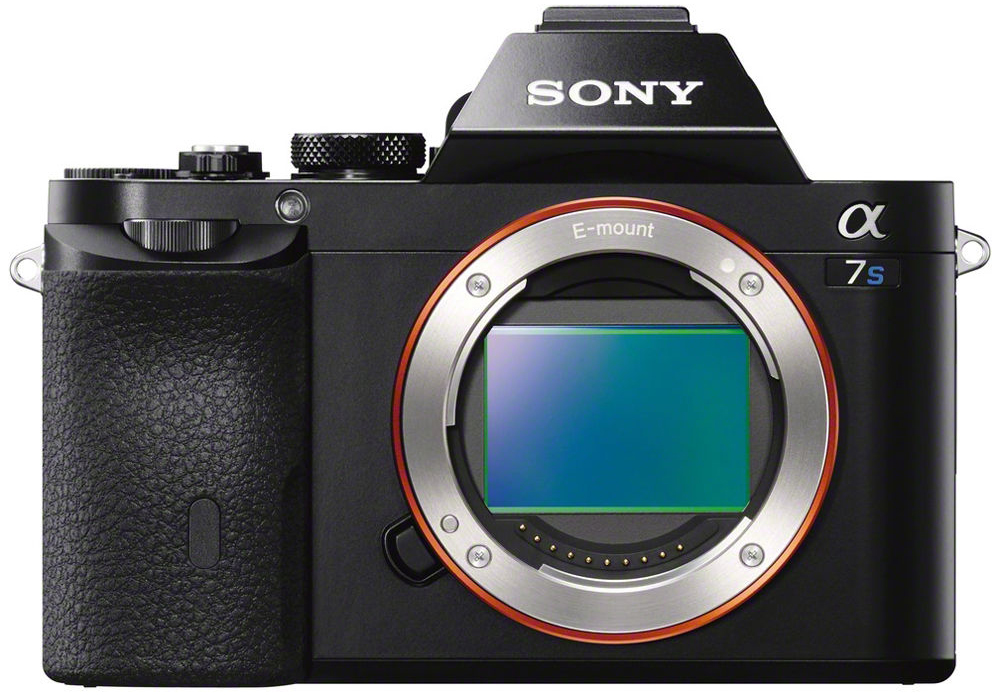
Announced during April 2014, the 12 α7S is Sony’s first video specific mirrorless camera, promising to deliver high quality 4K videos (with full pixel readout video sampling) that became quite popular for its low light performance with its expansive dynamic range, low noise, and extended sensitivity, up to ISO 409600. With the ability to choose between parameters for contrast, colour tones and gradation within the Picture Profile (PP) presets, artists could customise profiles and save them. A ton of short films, documentaries, Vlogs and feather works owes its success to the α7S, not to mention the surge in high quality YouTube content as well since its release. The α7S was the first model with full metal alloy construction and subtle improvements in ergonomics from the other two first generation a7 cameras.
α7II, α7RII and α7SII
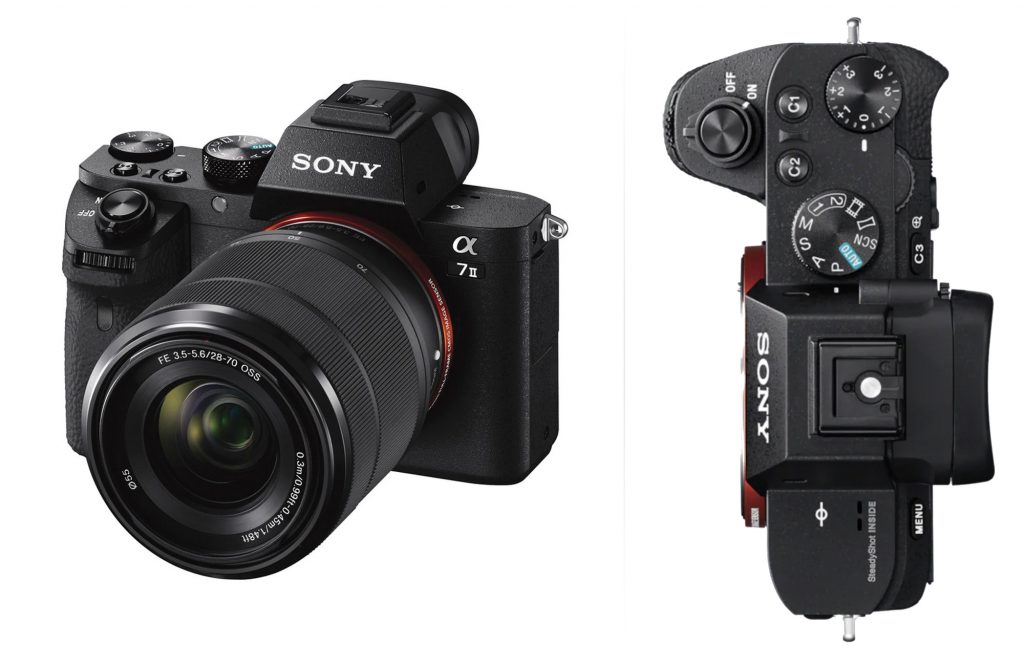
Late 2014 and mid to september 2015 saw the release of the second generation of the α7 series in its Mark II variants. The allrounder/balanced α7II retained its predecessors 24.3 megapixel sensor and other features with identical similarities, with the addition of 5-axis image stabilization (IBIS), a faster autofocus system and an ergonomic build.
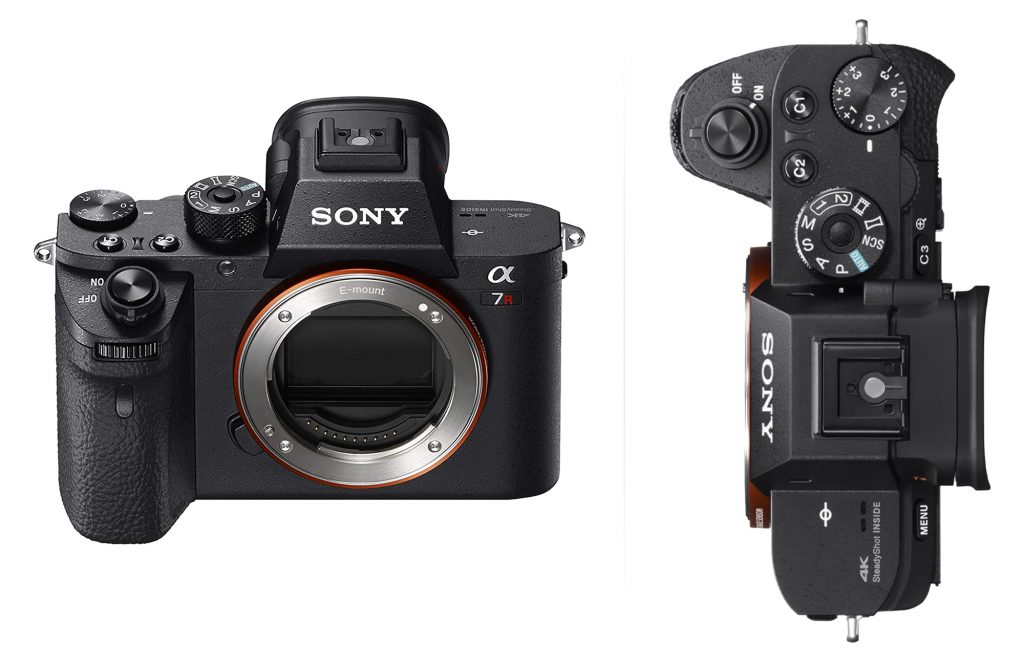
The α7RII saw a bump in its resolution from the α7R’s 36.4 megapixel to a new 42.4 megapixel sensor. Sony also introduced the new Exmor R sensor with an ingenious technology to keep the C-MOS sensor’s sensitivity high despite the increased resolution and reduction in diode size to accommodate the higher resolution.The α7RII‘s native ISO remained the same, with new expandable ISO maxing out at ISO102400. More autofocus points, the removal of the optical low-pass filter accompanied with a hybrid autofocus system were other additions to the α7RII.
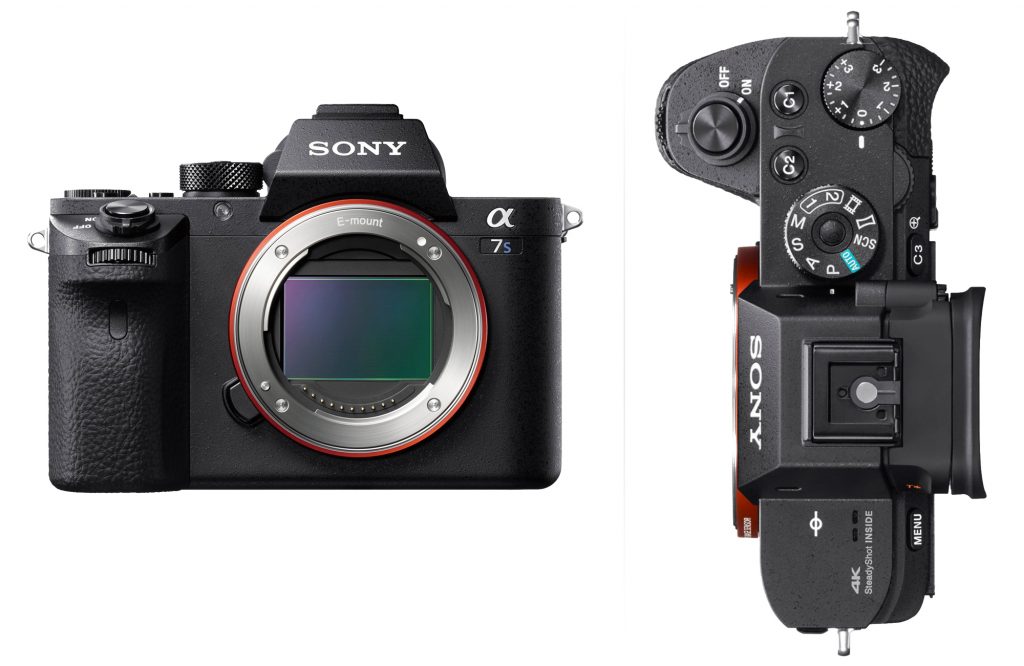
The α7SII shares most of its features to its predecessor, the α7S, with a few improvements — increased autofocus points, 1080p videos at 120fps and better ergonomics.
α7RIII
The overwhelming success of the α7R and α7RII prompted the release of the R Mark III (october 2017) even before the α7II saw its mark III upgrade.
The α7RIII kept the predecessors 42.4 megapixel Exmor R sensor and ISO sensitivity, but saw massive advancements in autofocus and substantial increase in autofocus points, subject tracking, maximum continuous shooting, viewfinder resolution, touch screen, overall speed and procession advancements.
α7III and α7RIV
Introduced earlier this year, the α7III is a stunner in the autofocus category with 693 focus points, borrowing its 4D FOCUS technology from the α7. It promises autofocus accuracy at exposure stops as low as EV-3 with fantastic autofocus support for the older A-mount lenses as well. Expandable ISO sensitivity is ISO 204800, staying true to its “balanced” category; performing right in between the RIII and the SII in every regard. In whole, the α7III is a cut above its competitors and is new in almost every way within the series.
Giving you a 30% jump over the α7RIII in resolution, the α7RIV is a sheer megapixel goliath at 61 megapixels. Stunningly, it still manages 10 fps with continuous autofocus with tracking while resolving 61MP; only seen in medium format mirrorless cameras (Just be sure to carry a powerful card if you plan on shooting sports, or of that sort). It has all of Sony’s new AI smarts with eye, face and animal eye focus and tracking. Don’t expect great results in the video quarter, given its low bitrate and colour depth, you would ideally want to leave that to the α7SII andthe
α7III. The video results aren’t terribly bad, on the contrary, the 14-stops of dynamic range will leave you quite impressed if all you had was the α7RIV for your shoot. Another great feather is the 16-shot composite (manually done on Sony’s Imaging Edge) Pixel-shift photo, resulting in a massive 240.8 megapixel image (shown below).
α7 Picture Profile
α7RIV 16-Shot Pixel Shift
For more information and updates on the Sony a7 series and Sony cameras in general, be sure to visit out blog page.
We are determined to give you more reviews on rental gear — photography, filming, lighting and drone equipment as we test our products regularly. Remain alert!






